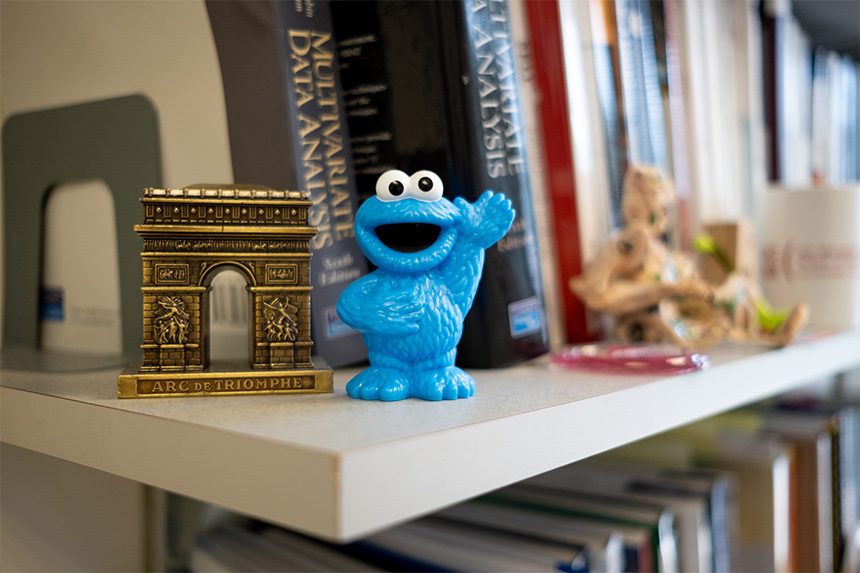
Merchant of Nostalgia
Dr. Altaf Merchant can tell you why that grainy, black-and-white ad you just looked at turned you into a consumer.
Written by Catarina Terrill
Photos by Ryan Moriarty
Photo illustration by Alex Volkman




